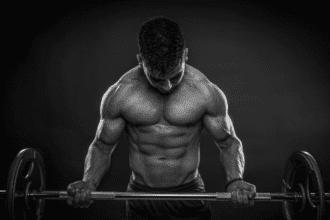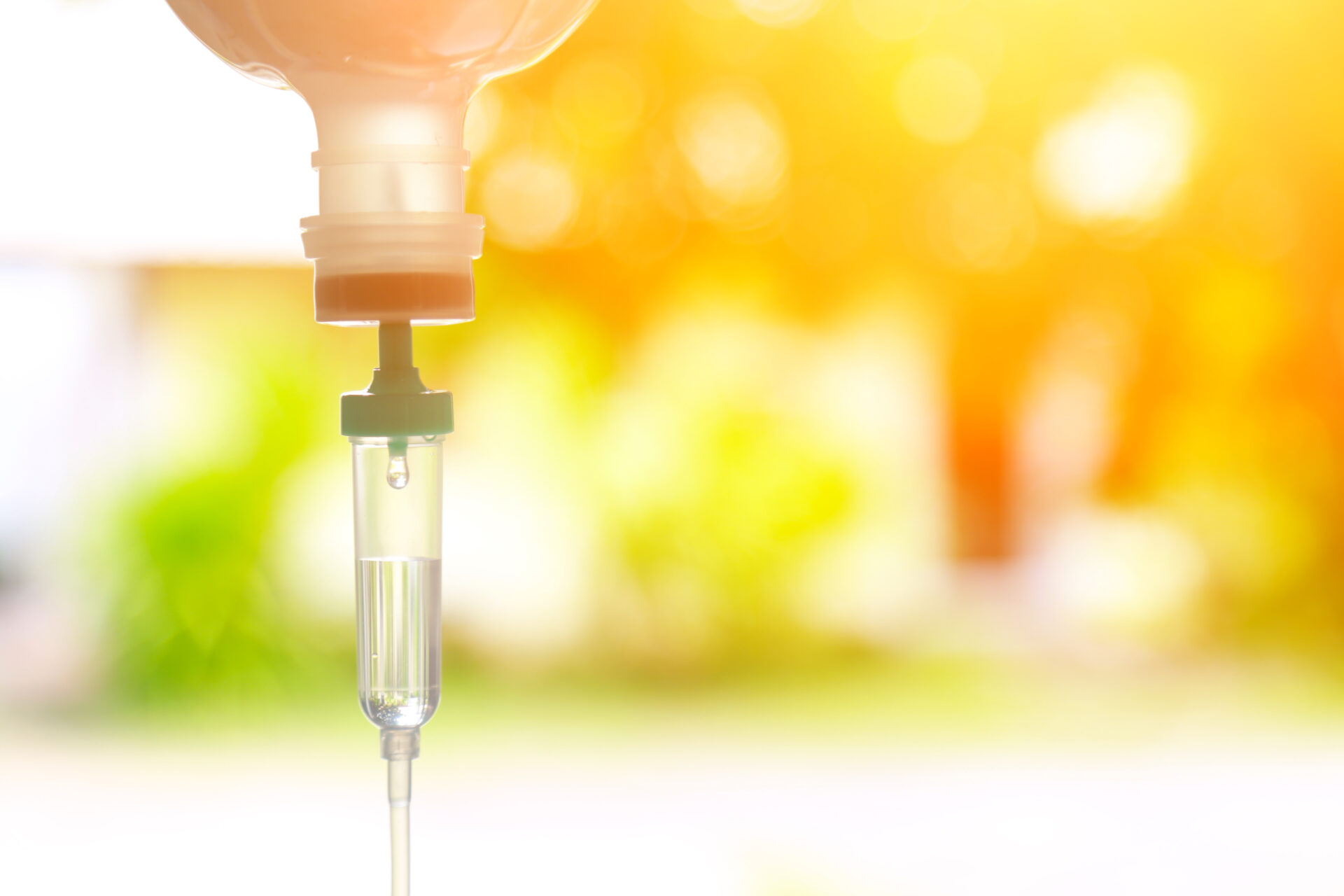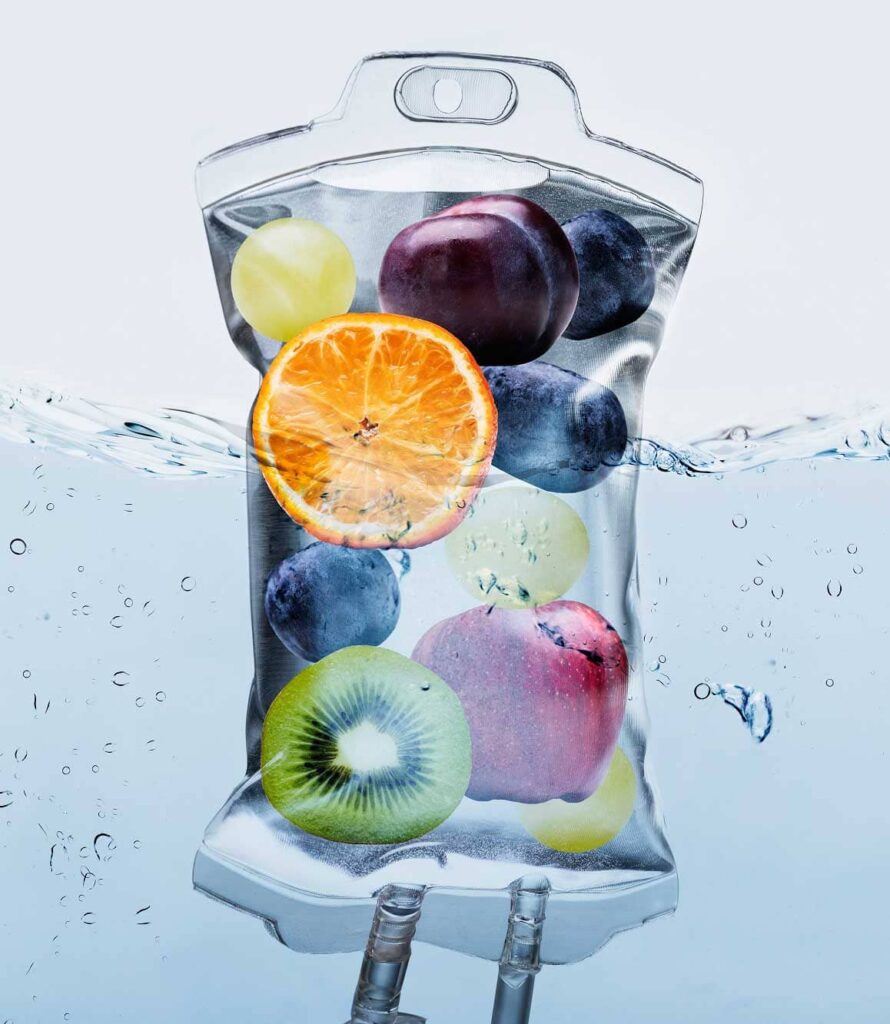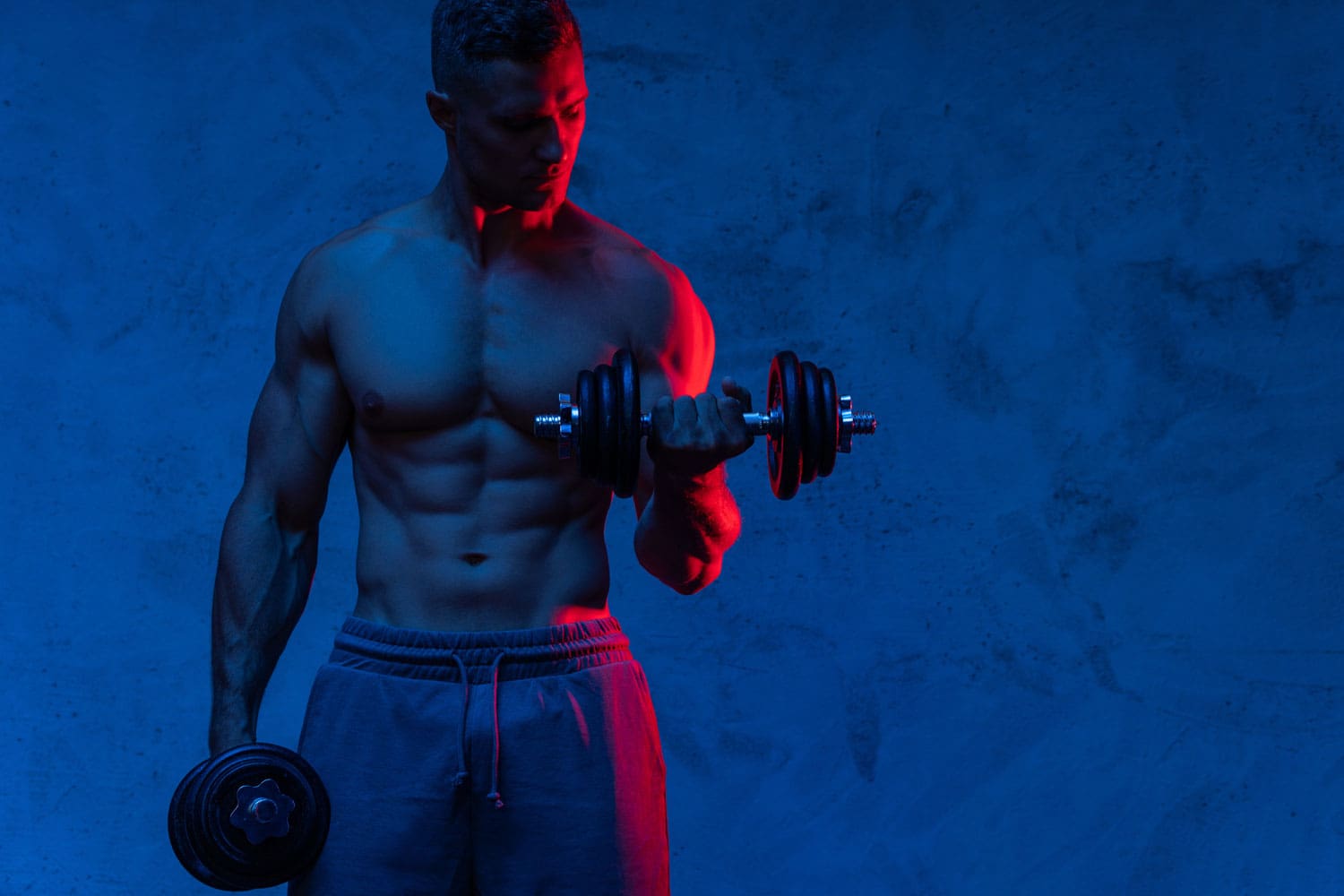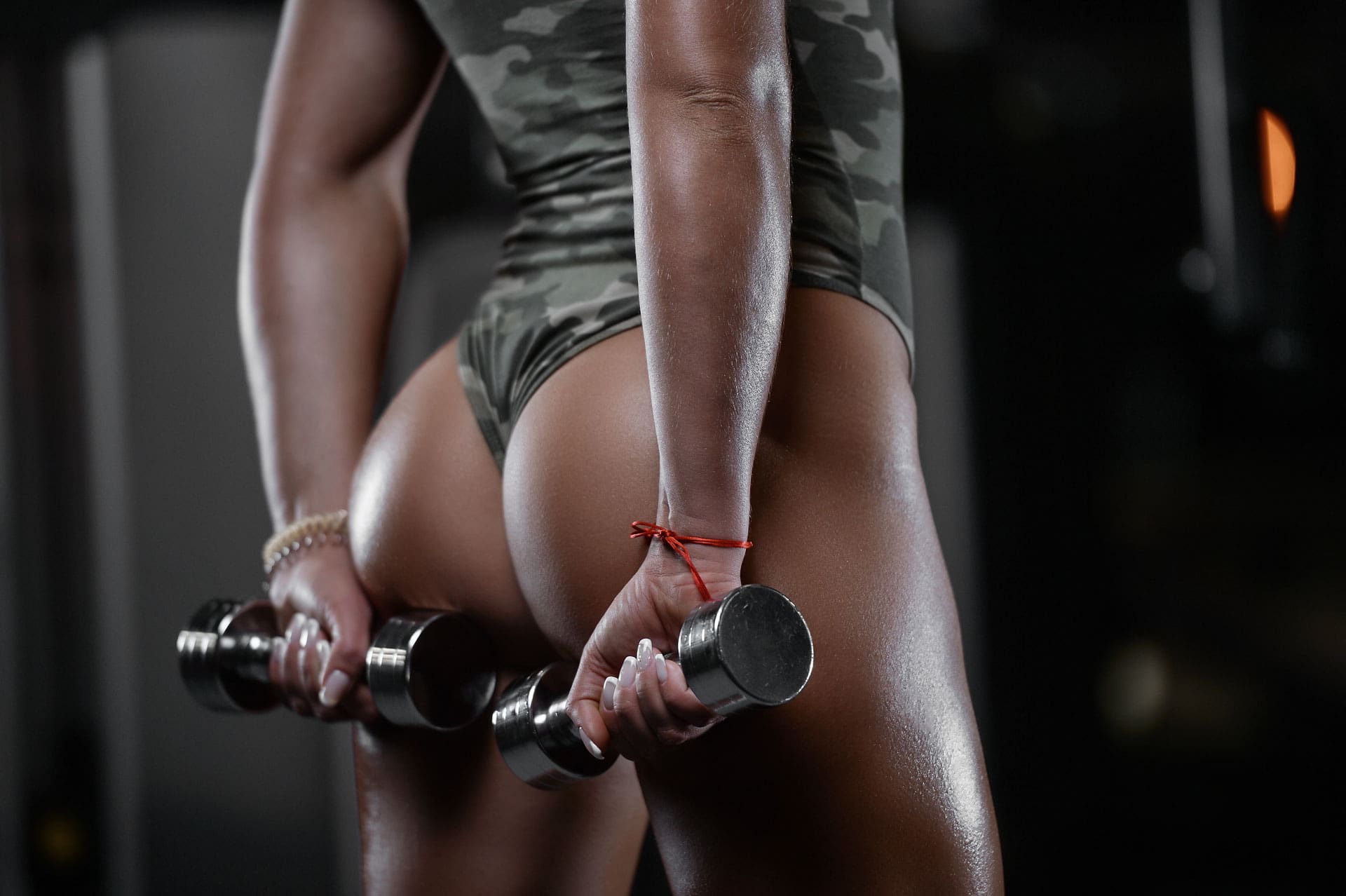If you ever have ended up in the hospital and received an IV, you probably know that IV therapy can be a lifesaver. IV therapy, short for intravenous therapy, is a process in which medical staff directly administers fluids into the patient’s veins.
As such, IV therapy is a perfect way to replenish fluids and necessary electrolytes in case of dehydration. It is also a great way to administer medications and even food and nutrients, usually in cases when a patient is unconscious or can’t consume said medicines and food orally for other reasons.
Funnily enough, the oldest records of IV therapy date back to the 15th century. However, it became widespread in the 20th century with the advancement of medicine. Nowadays, IV therapy is inclusive to more than just the sick and injured.
Athletes have recognized the potential of IV therapy as a way to push their limits in a natural, healthy, and legal way. However, many people still wonder: IV therapy for athletes, does it work? Keep reading to find out!
Why Athletes May Consider IV Therapy
Now, you might wonder, why would someone subject themselves to IV therapy if they weren’t sick or injured? Why would someone put up with uncomfortable needles if they were perfectly healthy? Or when they are at least healthy enough to practice a sport?
Well, while sports practice is good and healthy for us, it is also exhausting and can take a toll on the body. Heavy physical activity leads to dehydration, your calories consumed are spent faster, and the muscles, joints, and tendons are under serious strain.
In other words, athletes often put their bodies under heavy stress, much more often than non-athletes. This is why IV therapy is not just some athlete’s frivolous feat; it can make all the difference for performance or even recovery. So, let’s dive into how exactly IV therapy can benefit athletes and perhaps even non-athletes, alike.
Pros and Cons of IV Therapy for Athletes

Let’s take a look at some possible advantages and disadvantages of using IV therapies as an athlete. We’ll start with the advantages first:
Advantages of IV Therapies for Athletes
Prevented Dehydration
We already mentioned how easy it is to become dehydrated during sports practice, race, or match. Increased physical activity causes increased sweating and faster breathing, both of which result in rapid fluid loss.
In many cases, the athlete can’t just simply carry around a water bottle and drink from it. Some practices, races, matches, and other sports activities and competitions can last for hours, and they don’t offer a way to replenish the lost fluids.
That’s why so many athletes become severely dehydrated. Even after their match or practice, when they can finally drink some water, their bodies will need a long time to become fully hydrated again.
This is where IV therapy comes into play. Instead of drinking water and waiting for the bloodstream to absorb it from the stomach, the same water can be injected directly into veins. From there, the blood will take it to all parts of the body in no time.
As a result, the body will be rehydrated much faster. Dehydration is dangerous, not just because our body needs fluids to function, but because it also needs electrolytes from the water for normal functioning. Apart from water, IV bags contain all the necessary minerals and electrolytes.
Efficient Nutrition
Physical exertion also burns many calories, and just like with water, it is hard to replenish those spent calories quickly enough. The digestive system often takes several hours to digest and absorb all nutrients, which can be too slow for athletes.
With IV therapy, all the necessary nutrients can be injected straight into the bloodstream, making their absorption much faster. Additionally, the IV fluid can be adapted to the athlete’s specific nutritional needs, making it even more effective.
For example, one athlete might focus more on muscle repair, and their IV therapy would be rich in amino acids. Another athlete might need more energy, and their IV therapy would be rich in vitamin C, a powerful and energizing antioxidant.
Faster Recovery and Healing
Fatigue and injuries are normal among athletes, but oftentimes, there isn’t much time to recover. Many athletes need to participate in a practice or match while they are still recovering from the previous practice or match. Long term, this is a recipe for disaster, as it can lead to chronic pain and more serious injuries.
With IV therapy, these athletes can receive medications such as painkillers and anti-inflammatory drugs. Since they are administered directly into the bloodstream, these medicines will start to work much faster than if they were taken orally.
Stronger Immune System
For every human, the immune system is the best defense against various pathogens and diseases. Without it, we wouldn’t be able to live even one day. Our immune systems are keeping all the bacteria, viruses, and other pathogens at bay.
Still, our immune systems aren’t impenetrable, and occasionally, we will get sick. However, an athlete, especially if they are pro, don’t have time to lay in bed and be sick. They are always expected to be in top shape and ready to give their best performance.
With IV therapy, an athlete can get a much-needed immunity boost in the form of vitamins and minerals. This way, the possibility of getting sick is significantly reduced, and even if they get sick, they will recover much faster.
Boosted Performance
With all this in mind, it is easy to see that IV therapies can help athletes perform better. An athlete who’s hydrated and packed with necessary nutrients, vitamins, and minerals will have much more energy and stamina than their competition who doesn’t use IV therapy.
Of course, IV therapy isn’t some sort of miracle cure. It won’t transform a mediocre athlete into a sports wonder. Talent, hard work, and a little bit of luck are still the main contributors that decide who becomes the champion and who doesn’t.
However, IV therapy can give that competitive edge and make athletic efforts easier to endure.
Disadvantages of IV Therapies for Athletes
While there are several great reasons in favor of IV therapy for athletes, there are also some reasons that are against it. First of all, IV therapy might be too expensive or otherwise unavailable for some athletes.
There is also a lack of regulation when it comes to IV therapies for athletes. This means there is no guarantee for the safety and quality of administered IV therapies. That can lead to potential health risks, such as overhydration and infections. Hopefully, this lack of regulation will be resolved in the foreseeable future.
Additionally, there are some ethical concerns, mostly coming from people who consider IV therapies as a form of doping and an unfair advantage. Along with the lack of regulation, there is also a lack of consensus on whether IV therapy is a form of doping or a valid health treatment.
Best IV Therapies for Athletes
Since IV therapy is used to address various and specific issues one athlete might face, it is logical that there are several types of IV therapy for athletes. After all, IV therapy isn’t just one magical fluid that solves all these issues. IV therapy is merely a process of administering various fluids that serve different purposes:
Saline solutions
Made of sterile water and 0.9% sodium chloride (salt). Used for rapid rehydration. It lubricates joints and hydrates muscles used during physical activity.
Lactated ringers
Made of water, sodium chloride, calcium chloride, potassium chloride, and sodium lactate. Great for replenishing lost fluids, restoring electrolytes, and flushing toxins.
Vitamin B12
This vitamin increases the number and production of red blood cells that carry oxygen throughout the body. This, in turn, increases the health of the nervous system and boosts physical performance.
Vitamin C
Famous for its role in our immune system, vitamin C also repairs cells, reduces inflammation, promotes muscle growth, improves bone health, and reduces fatigue while providing more energy.
Amino acids
Certain amino acids are necessary for repairing the existing and building the new muscle tissue. They increase the lean muscle mass, boosting athlete’s strength, speed, and endurance.
Zinc
Zinc supports the healing process and decreases muscle inflammation, which can occur after strenuous exercises and activities.
Taurine
It reduces muscle soreness and exhaustion and alleviates muscle cramps.
Magnesium
This mineral improves blood circulation, ensuring that all body parts are getting enough oxygen. It also helps with muscle relaxation, healthy heart rhythm, blood glucose levels, and many other processes in our bodies.
Vitamin B complex
Vitamins from the B complex have a positive impact on the nervous system, which is essential for all body activities, including athletic efforts. They also increase energy and stamina levels.
This was the breakdown of different IV fluids when it came to their content. However, their content also dictates their usage, so we can divide these IV fluids into several groups:
- Hydration – IV fluids and therapies focused on rehydrating the athlete’s body and replenishing lost fluids and electrolytes.
- Nutrient – IV fluids whose goal is to provide the athlete’s body with enough calories and nutrients.
- Detox – The type of IV therapy that aims to get rid of toxins from the body and to protect the body from those toxins and various pathogens.
- Energize – IV fluid that’s used to invigorate the athlete’s body, providing more energy and increasing stamina and endurance.
Alternatives For IV Therapy

While IV therapy certainly comes with many benefits for an athlete, some people don’t feel comfortable taking it for various reasons. While some people simply don’t like needles, others find IV therapies inconvenient. Of course, there are many other reasons why an athlete might be disinterested in IV therapy. Fortunately, there are some alternatives to IV therapies.
For a start, drinking enough water is already a great alternative to IV therapy, given that the athlete can drink enough water when needed. Additionally, athletes can consume electrolytes orally instead of intravenously.
There are also various vitamin and mineral supplements that can be taken orally. They can help meet specific nutritional needs without having to resort to IV therapy. Transdermal patches are another great way to absorb certain medications, vitamins, or minerals without having to ingest or inject them.
Of course, all of these alternatives come with certain benefits over IV therapy, but they also come with specific limitations that make them inferior in some situations. It is up to the athlete and their individual needs to decide which is the best option.
Some Considerations Regarding IV Therapy
It is obvious that IV therapy comes with so many benefits, and it is truly the future of sport. However, that doesn’t mean that all athletes should follow this “trend” blindly. Not every IV therapy is necessary or even good for every athlete. It is crucial to consider several things before deciding to use IV therapy.
For a start, there are health considerations. Every athlete should consult with a healthcare professional before starting any form of therapy, including IV therapy. This way, they will be able to make an informed decision.
It is also important to determine whether IV therapy is really necessary. Is the athlete in question really in need of more hydration, electrolytes, vitamins, or any other components of IV fluids? IV therapy makes sense only if the answer to the previous question is affirmative and there is no other and more convenient/effective way.
IV therapy comes with certain health risks, especially when it comes to various infections. Not everyone can administer IV therapy safely. Only qualified health professionals, using sterile equipment and in a sterile environment, should be administering IV therapy. All other options are just calling for trouble.
Finally, before opting for any type of therapy, including the IV, the athlete needs to ensure that this therapy is in accordance with the existing sports regulations. Some sports organizations or leagues might prohibit IV therapy, which means IV therapy is no longer an option.
Conclusion
IV therapy is still mainly used in hospitals on sick and/or injured people who need fluids, electrolytes, vitamins, minerals, and medicines. However, there is excellent potential for IV therapy in the world of sports.
Athletes have been using IV therapy as a convenient, fast, and effective way to rehydrate, replenish their nutrients, and strengthen their immune systems. As a byproduct, IV therapy also helps to speed up recovery times and provides athletes with an energy and performance boost that gives them a competitive edge.
Take a visit to your local IV Lounge to learn more about how you may benefit from IV therapy. You might even happen to discover your new favorite drip bar!




